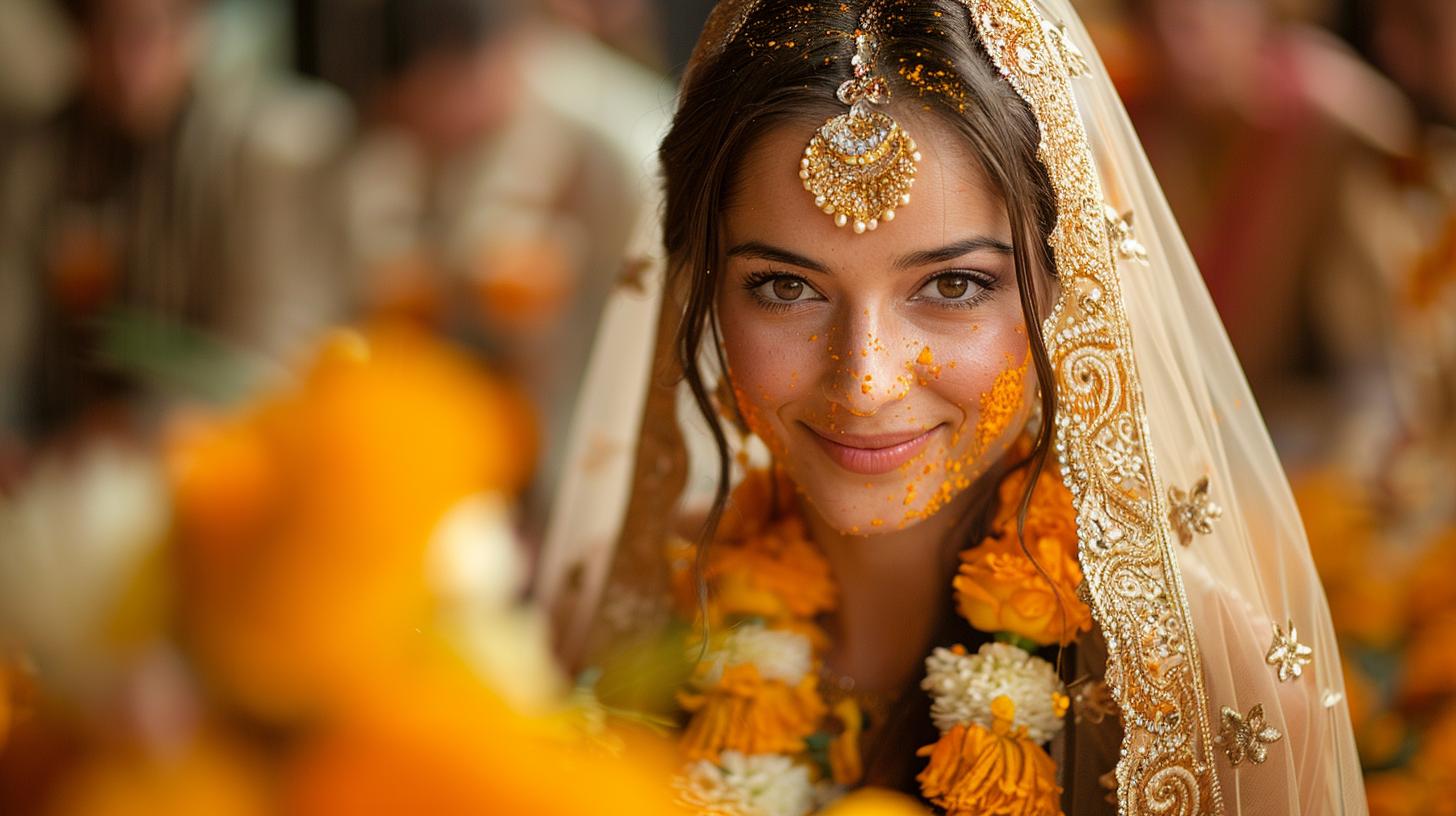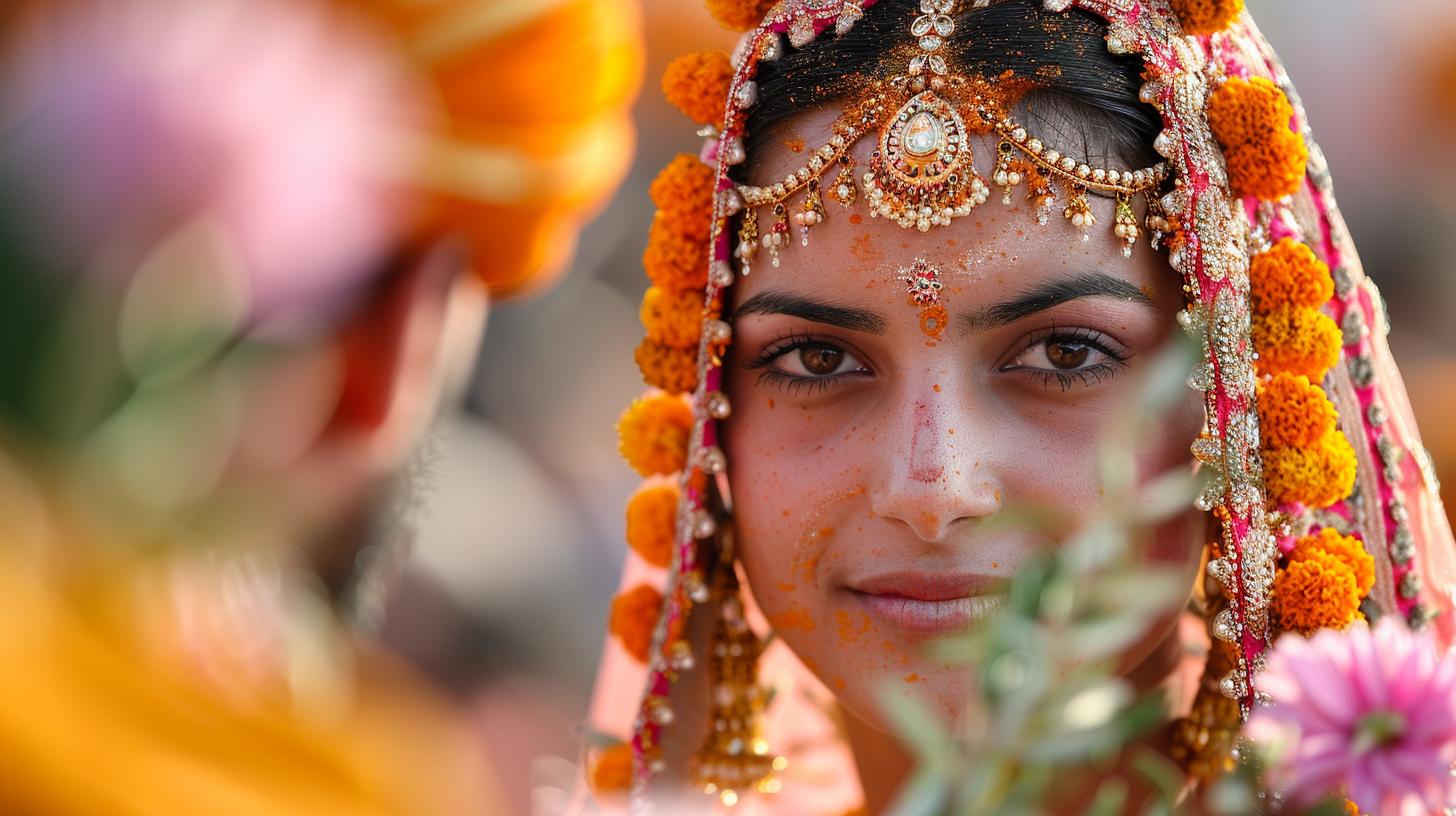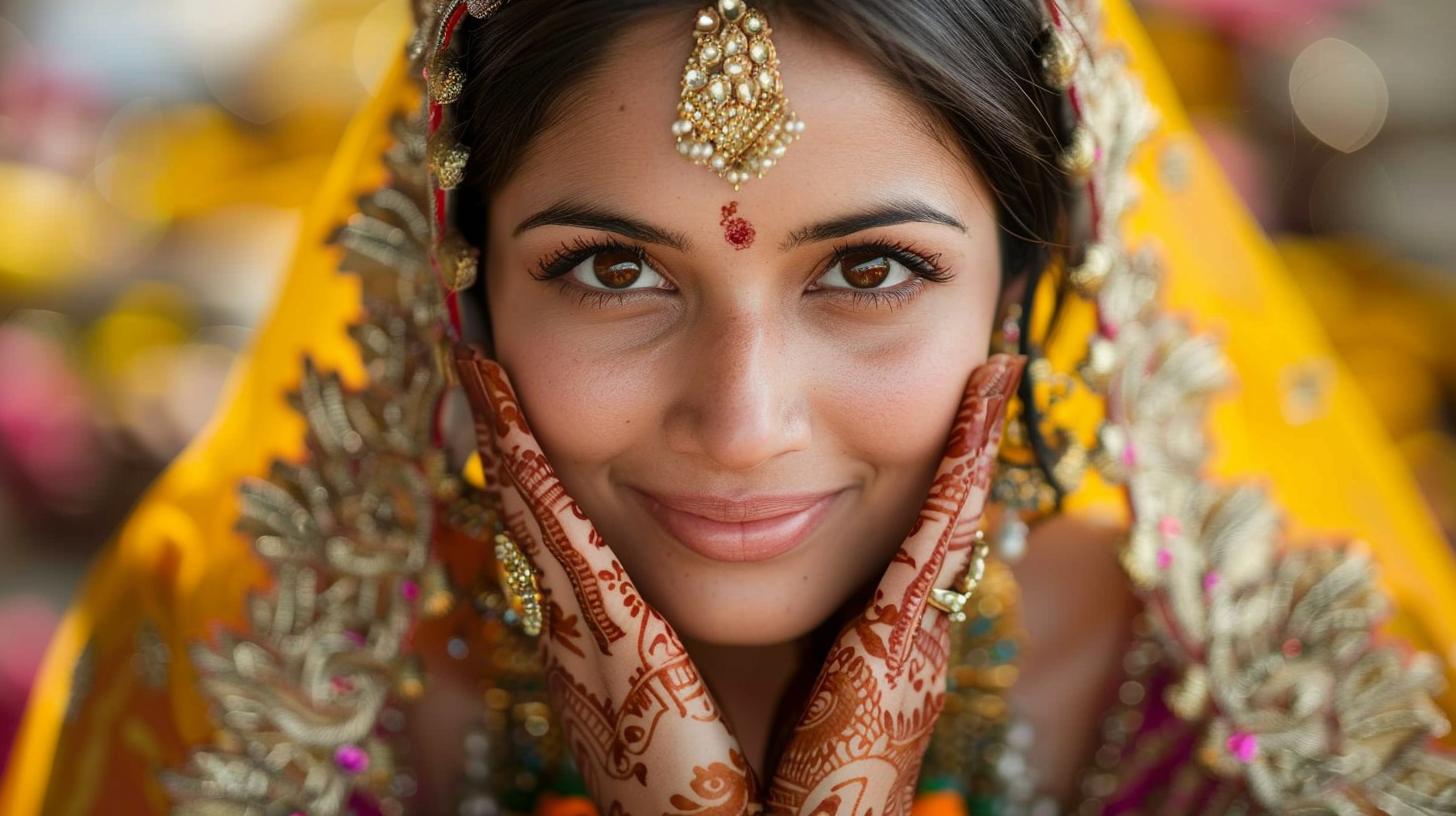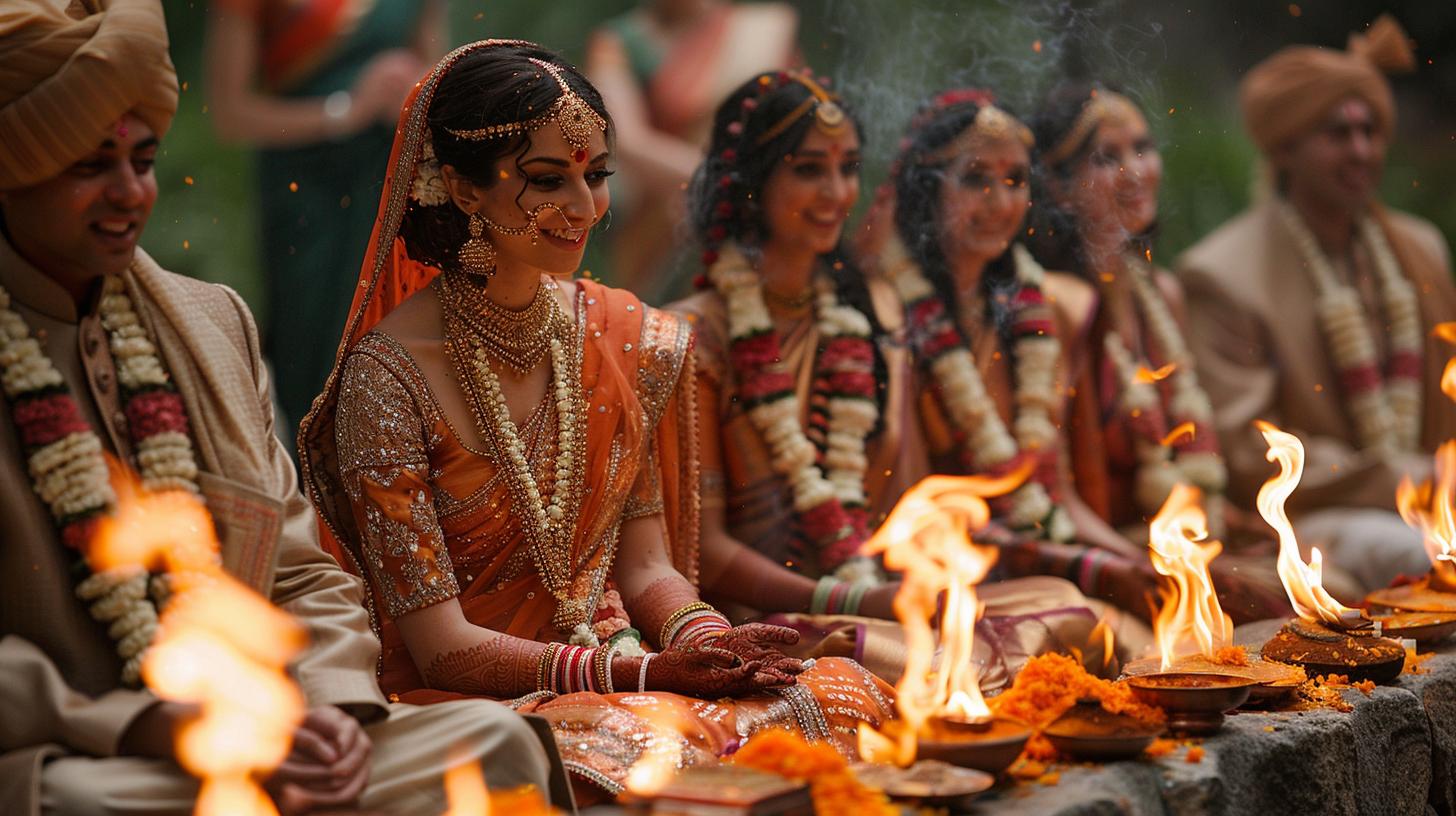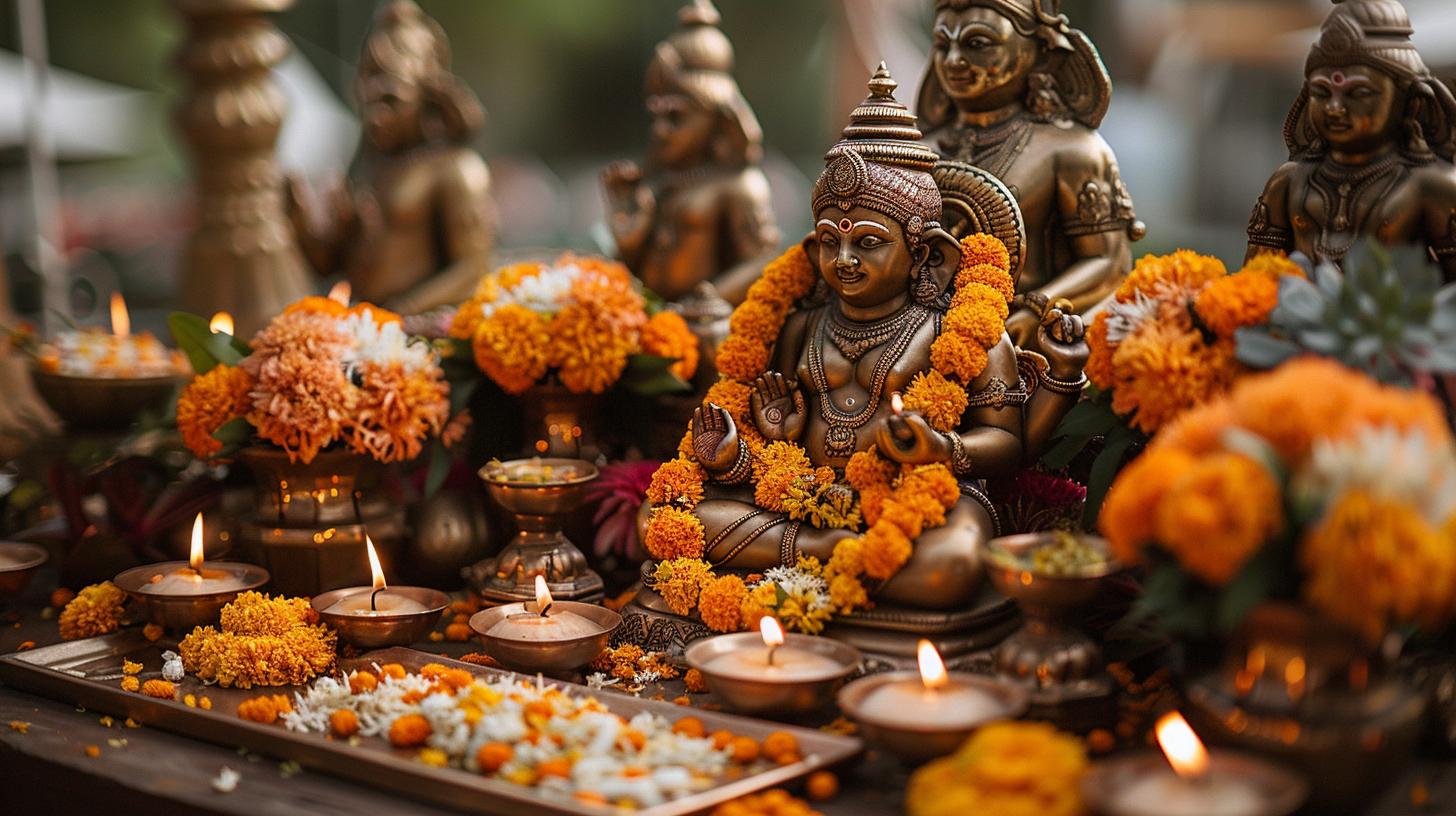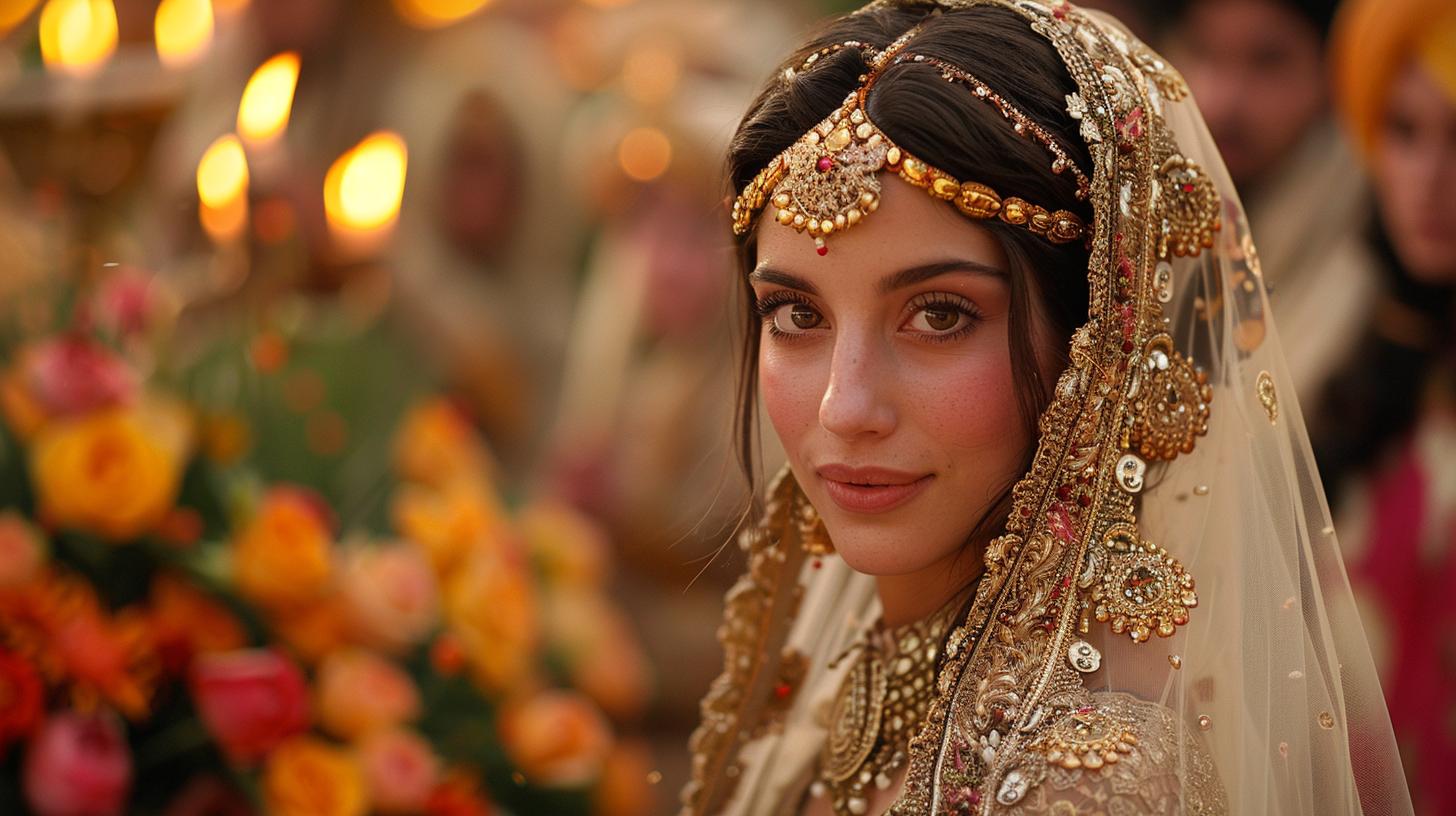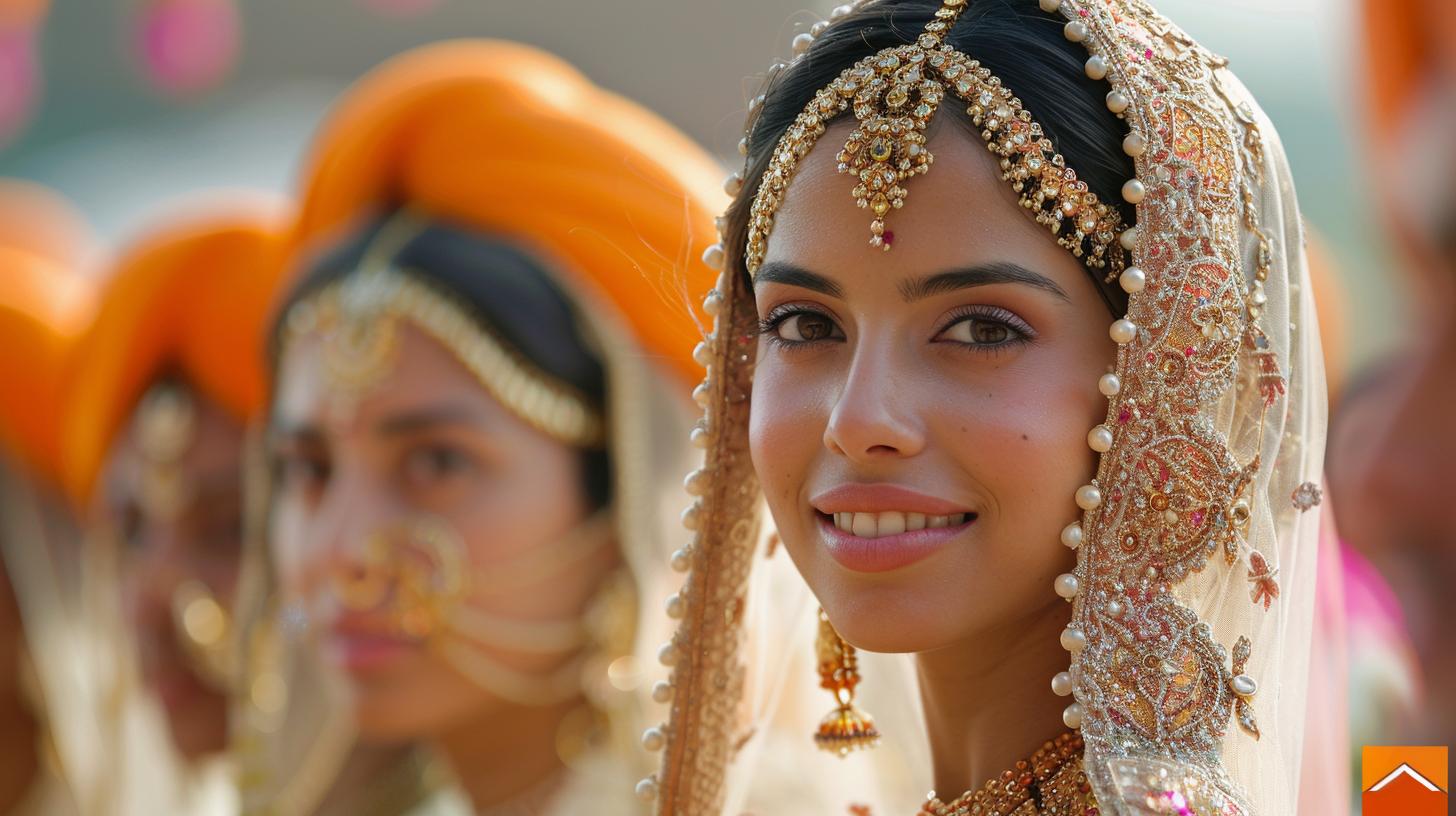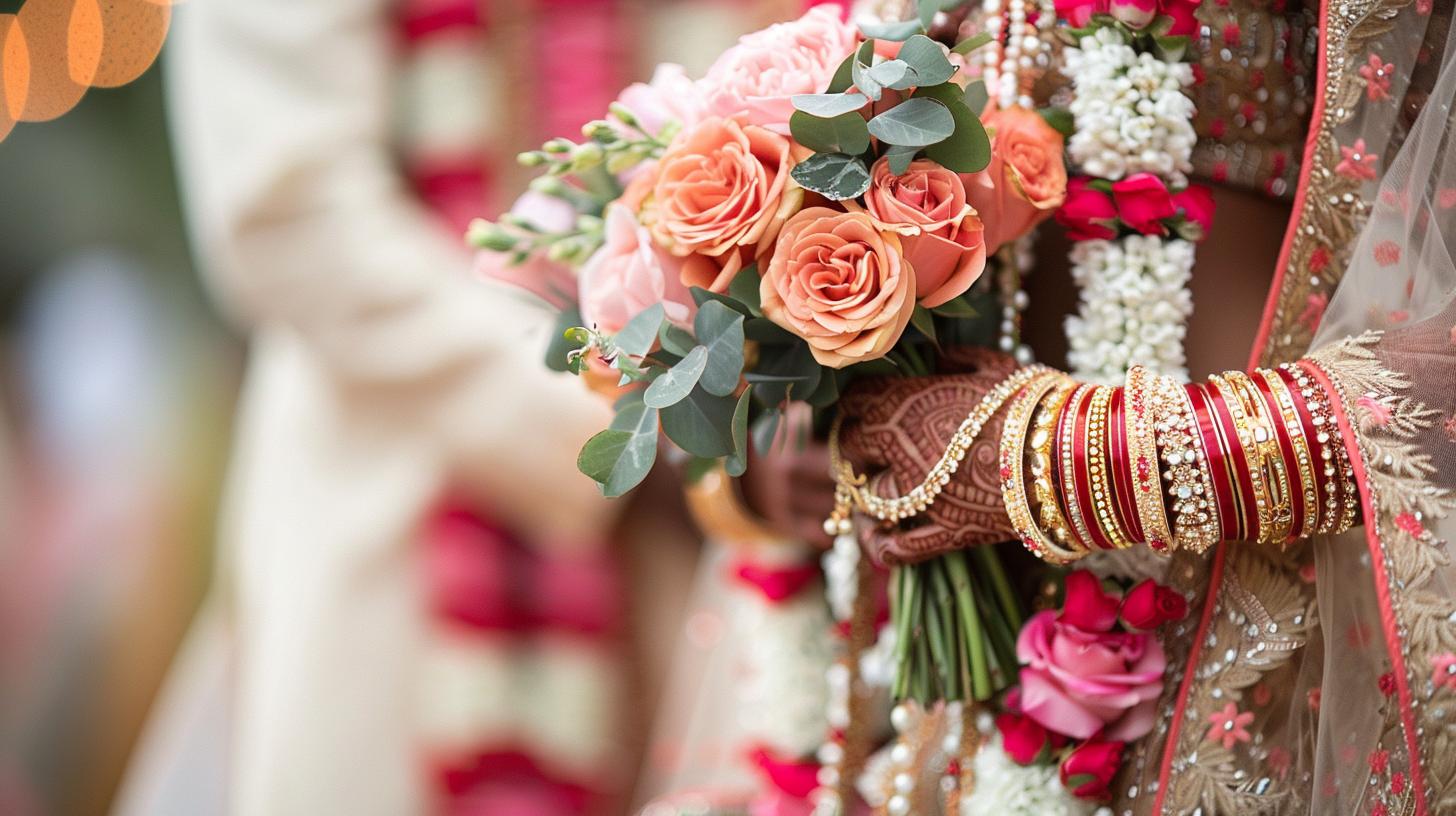Wedding Traditions In India: A Colorful Celebration of Love and Tradition
Indian weddings are a vibrant tapestry of culture and tradition. From astrology-based planning to elaborate ceremonies and vibrant attire, each celebration is a unique spectacle. The significance of rituals, colorful decorations, and spicy culinary delights create an unforgettable experience.
Overview of Indian Wedding Traditions
In India, wedding traditions hold deep cultural significance, showcasing the rich tapestry of rituals and customs that define each celebration. These traditions vary across different regions, adding a unique flavor to each wedding experience.
Cultural Significance
- Indian wedding traditions reflect the heritage and values of diverse communities.
- Rituals are steeped in symbolism, representing the spiritual and emotional union of two individuals.
Variations in Regional Traditions
- Each region in India has its own set of unique customs, attire, and ceremonies.
- Regional influences play a significant role in shaping the overall wedding experience.
Importance of Astrology in Wedding Planning
- Astrology plays a crucial role in determining auspicious dates and times for weddings.
- Couples often consult astrologers or pandits to ensure a harmonious and blessed union.
Hindu Wedding Ceremonies
Hindu wedding ceremonies are rich in rituals and symbolism, reflecting the traditions and beliefs of the culture.
Rituals and Symbolism
- Consultation with Pandit
- Ceremonial Attires
Consultation with Pandit
One of the key aspects of Hindu weddings is the consultation with a Pandit, a Hindu priest, to determine the most auspicious date and time for the ceremony based on astrology.
Ceremonial Attires
The bride and groom adorn themselves in traditional attire, such as saris and sherwanis, symbolizing purity and grace.
Major Traditions
- Baraat and Kanya Aagaman
- Ceremonial Rituals like Jai Mala and Saptapadi
Baraat and Kanya Aagaman
The groom’s grand entrance, known as Baraat, is a festive procession with music and dance, often featuring a decorated horse or elephant. The bride’s arrival, or Kanya Aagaman, is a significant moment as she is escorted to the wedding altar by her male relatives.
Ceremonial Rituals like Jai Mala and Saptapadi
During the ceremony, rituals like Jai Mala (exchanging of garlands), the tying of the mangal sutra (sacred necklace), and the seven steps around the sacred fire (Saptapadi) symbolize the vows and commitments of marriage.
Indian Wedding Events and Festivities
Pre-Wedding Ceremonies
Before the main wedding ceremony, Indian weddings often include pre-wedding rituals that are filled with tradition and symbolism. These ceremonies bring families together and prepare the couple for their special day.
Engagement Traditions
- Engagement ceremonies mark the official announcement of the couple’s union.
- Exchanging rings symbolizes the commitment and love between the partners.
Haldi and Mehndi Ceremonies
- The Haldi ceremony involves applying turmeric paste to the bride and groom.
- Mehndi rituals include intricate henna designs on the bride’s hands and feet.
Wedding Weekend Festivities
The wedding weekend is a time of joy and celebration, filled with various events and traditions that bring family and friends together. These festivities build up to the grand wedding ceremony, creating a memorable experience for all.
Multiple Day Celebrations
- Indian weddings often span several days, with each day dedicated to different ceremonies and rituals.
- Each event is carefully organized to ensure a seamless flow of festivities and traditions.
Importance of Family and Friends
- Family and friends play a crucial role in Indian weddings, providing love and support to the couple throughout the celebrations.
- Guests are invited to share in the happiness of the occasion, creating a sense of community and togetherness.
Attire and Decor in Indian Weddings
Indian weddings are known for their vibrant and rich traditional attire.
Let’s explore the significance of attire and decorations in these extravagant celebrations.
Traditional Indian Wedding Attire
- Saris, Sherwanis, and Lenghas: The bride and groom adorn themselves in elaborate saris, sherwanis, and lenghas, symbolizing tradition and cultural heritage.
- Significance of Red Color: Red is a prominent color in Indian weddings, representing love, prosperity, and fertility.
It is a staple in bridal wear and decorations, adding a festive touch to the celebrations.
Decor and Themes
- Colorful Decorations: Indian wedding decorations are a riot of colors, with vibrant hues like red, gold, and green adorning the venues. Flowers, drapes, and lights create a mesmerizing ambiance for the festivities.
- Gifting Culture and Silver Gifts: Silver gifts are a common tradition in Indian weddings, symbolizing blessings and good wishes for the newlyweds.
Guests often present silver items as tokens of prosperity and longevity.
Culinary Delights at Indian Weddings
Spicy Buffet Offerings
Indian weddings are known for their delicious and spicy buffet offerings, showcasing the rich and diverse flavors of traditional Indian cuisine. The buffet at these weddings is a feast for the senses, with a wide variety of dishes to please every palate.
Traditional Indian Dishes
Guests at Indian weddings can expect to enjoy a delectable array of traditional Indian dishes, such as biryani, butter chicken, and dal makhani. These dishes are prepared with a perfect blend of spices and flavors, creating a culinary experience unlike any other.
Wedding Favors and Desserts
In addition to the savory dishes, Indian weddings also feature a sweet ending with an assortment of delectable desserts. From traditional sweets like gulab jamun and jalebi to modern desserts with a twist, guests are sure to satisfy their sweet tooth at these joyous celebrations.
Cost and Budgeting for an Indian Wedding
When planning an Indian wedding, controlling costs and staying within budget are crucial aspects. Understanding the factors that influence expenses and implementing strategies to manage financial resources effectively are essential for a successful celebration.
Factors Influencing Costs
- Guest List and Venue Selection
- Wedding Planners and Customization
Guest List and Venue Selection
The size of the guest list and the choice of venue play a significant role in determining the overall cost of an Indian wedding. More guests and luxurious venues typically result in higher expenses for catering, accommodations, and decor.
Making thoughtful decisions about who to invite and selecting a venue that aligns with your budget can help manage costs.
Wedding Planners and Customization
Engaging a wedding planner can streamline the planning process but also add to the overall cost. Customization of decor, themes, and services can enhance the wedding experience but may require additional financial investment.
Balancing the desire for personalization with cost considerations is key to effective budget management.
Tips for Wedding Budgeting
- Prioritizing Expenses
- Reducing Costs Without Sacrificing Traditions
Prioritizing Expenses
Identifying key elements of the wedding that hold personal significance can help allocate budget resources efficiently. By focusing on essential aspects such as ceremony rituals, attire, and food, couples can ensure that their budget aligns with their priorities and values.
Reducing Costs Without Sacrificing Traditions
Exploring cost-saving measures without compromising on the cultural and traditional elements of an Indian wedding is a delicate balance. Utilizing DIY decorations, seeking discounts from vendors, and opting for realistic alternatives can help control expenses while maintaining the integrity of the celebration.
.

